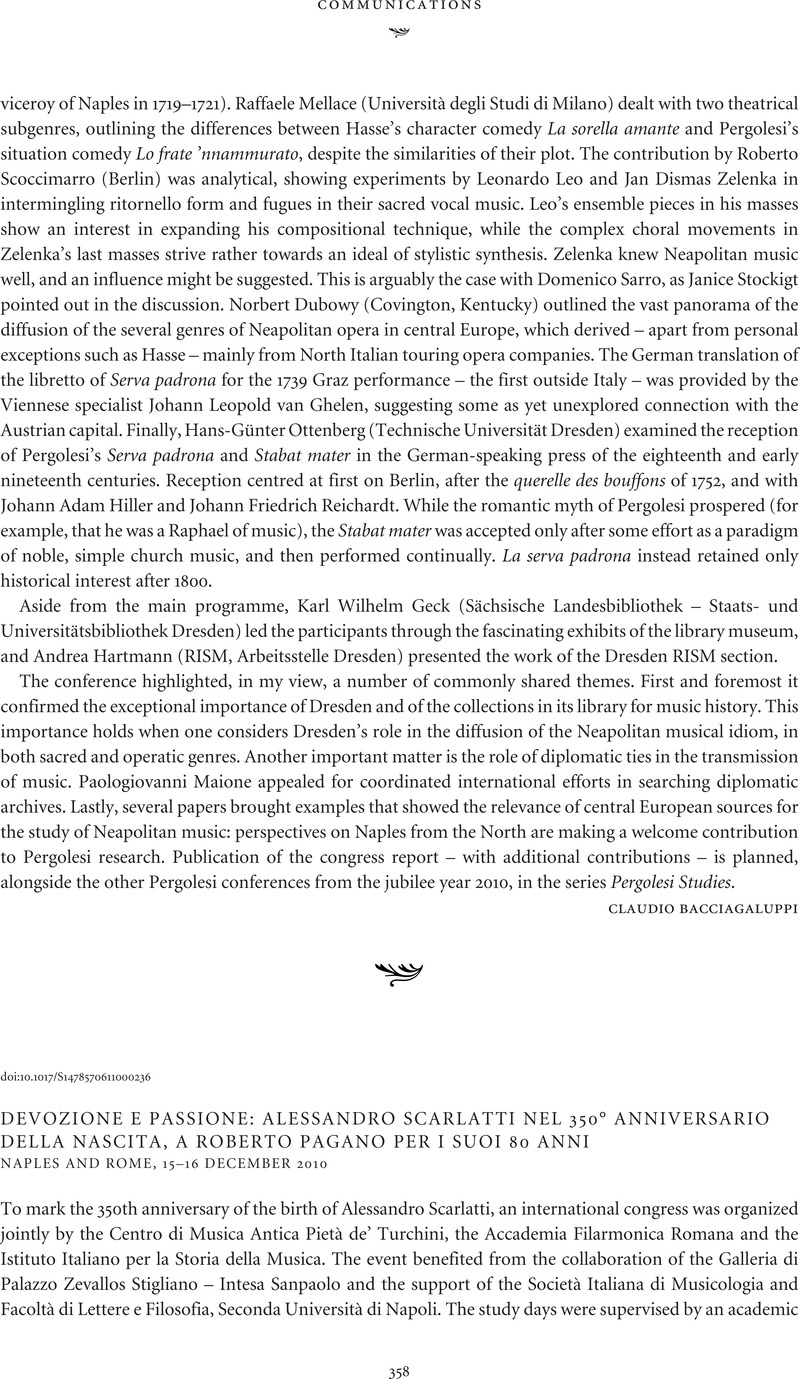Crossref Citations
This article has been cited by the following publications. This list is generated based on data provided by Crossref.
FIORE, ANGELA
2012.
DEVOZIONE E PASSIONE: ALESSANDRO SCARLATTI NEL 350° ANNIVERSARIO DELLA NASCITA, A ROBERTO PAGANO PER I SUOI 80 ANNI, NAPLES AND ROME, 15–16 DECEMBER 2010 – CORRIGENDUM.
Eighteenth Century Music,
Vol. 9,
Issue. 1,
p.
161.





